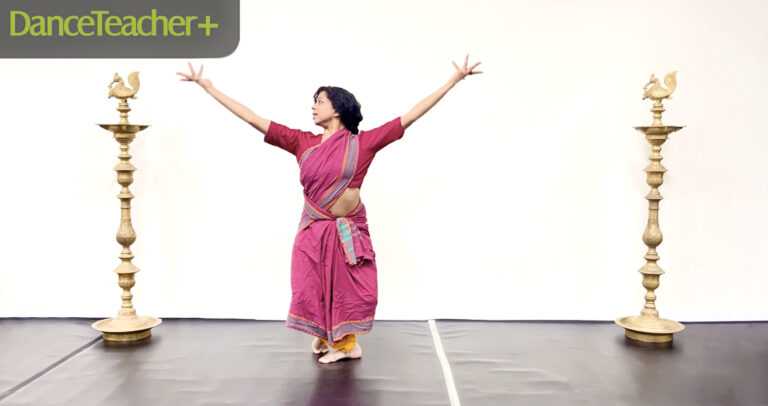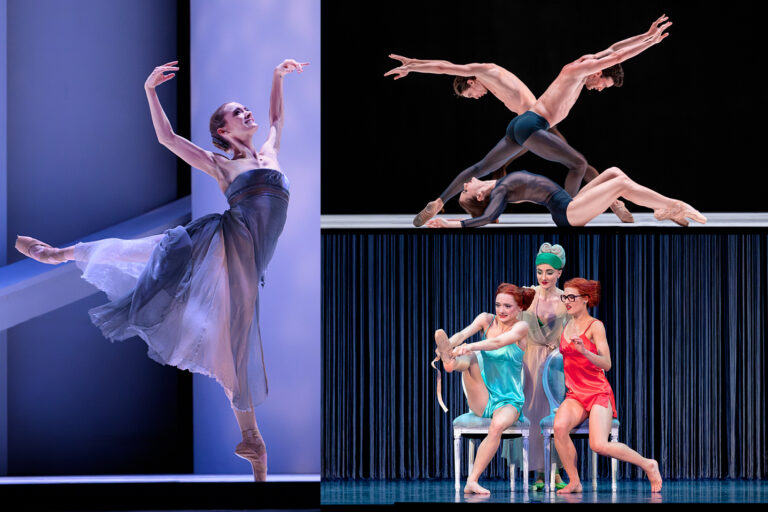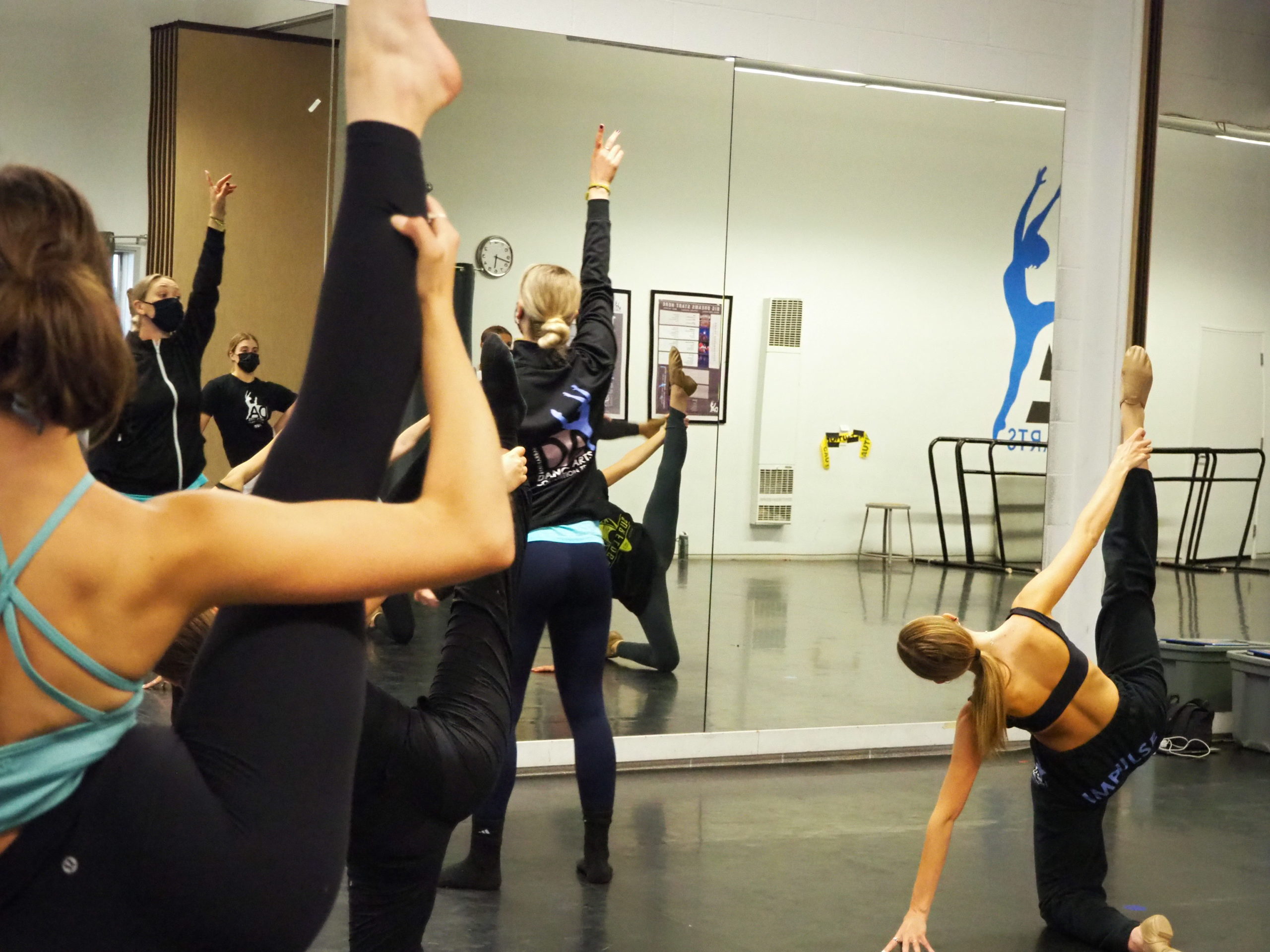
Seasoned teachers know that, if possible, it’s most efficient to clean recital dances as you choreograph them. But with COVID-induced virtual classes and unpredictable schedules, that’s been far less possible this recital season.
So what’s a stressed-out dance teacher to do, with only one or two rehearsals left before the big day? Answer: Take a deep breath and try one or a few of these tips offered by veteran teachers for cleaning choreography at light speed.
Prioritize and Musicalize
First, do whatever it takes to accept that you simply don’t have time to fix every last thing—easier said than done for most (read: perfectionistic) dance teachers. Instead, focus your attention on the components that will actually be noticeable to audiences. “The best way to tie a messy piece together is to listen to the music,” says Malu Rivera-Peoples, owner and director of Westlake School for the Performing Arts in Daly City, CA. When she’s under pressure with a piece, Rivera-Peoples will start rehearsal by having dancers listen to their music and visualize executing the entire dance. Then, she’ll methodically review the choreography 32 counts at a time (starting with the section that needs the most work), running with music before moving on to the next 32 counts.
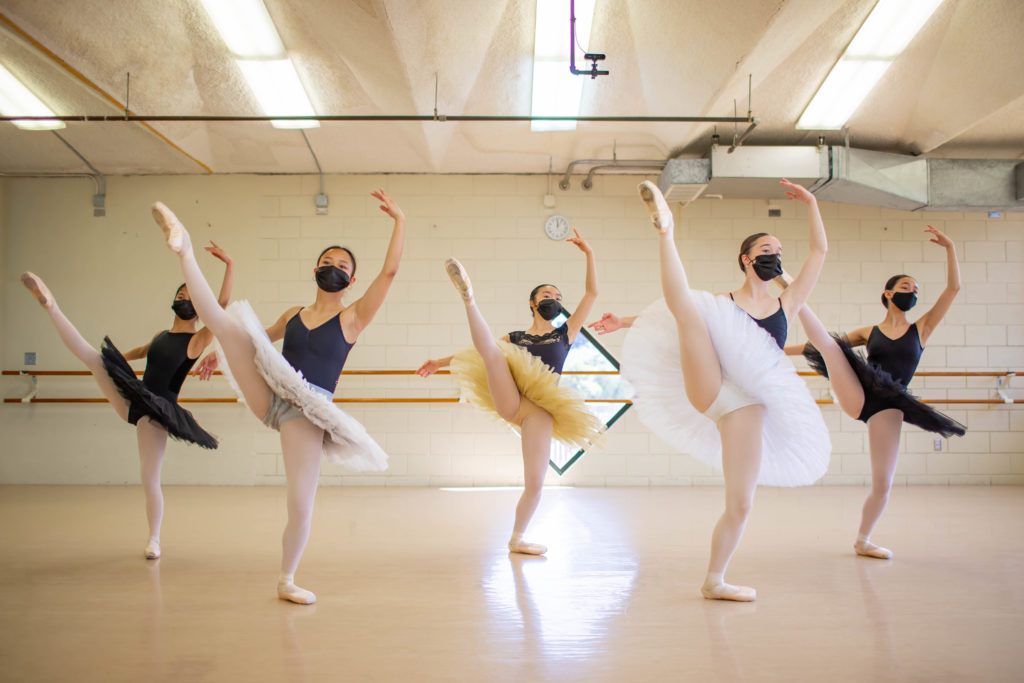
“When I’m short on time, I tend to look at the piece as a whole and make sure we’re all moving together, rather than nitpicking placement and technique,” agrees Ashley Aarts, director and owner of Dance London in London, ON. “The average person watching the show doesn’t have a dance background and won’t notice a sickled foot—but they will notice if a dancer is really off time.” To keep younger dancers literally up to speed, Aarts translates the choreography into a sing-songy chant that matches the music’s rhythm and timing, and helps tiny dancers remember which step comes when. For tweens and teens, Aarts is a firm believer in clarifying timing by practicing the dance to counts, without music.
Assign Homework
Sunny Reichert, educational director, company assistant director and competition team director at Santa Barbara Dance Arts in California, has found a bright side to the pandemic’s video-ization of dance instruction. “We put a system into play this year where teachers upload instructional videos of our recital pieces in three parts,” she says. This strategy can be especially helpful, Reichert notes, if kids joined your recreational program late in the year. “It provides accountability for the older ones, and answers questions that would otherwise take up rehearsal time.”
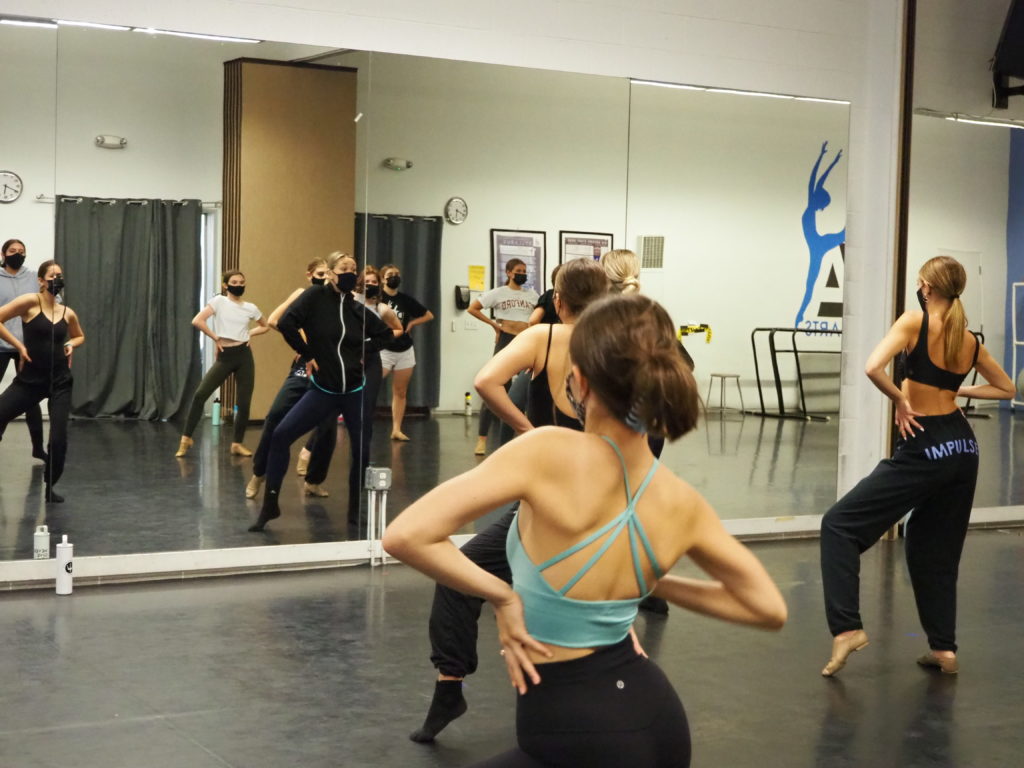
Feel free to ask that dancers contribute to cleaning the recital piece on their own time, then provide specific “homework” assignments. Aarts says she’s consistently seen week-to-week improvements in routines by “sending them home with one specific thing to work on.” Worried they’ll forget to practice a note the second they get home? Aarts and her team communicate reminders—”Bring your foot to retiré every time,” “I really need you to practice those skips”—using BAND, a team and group communication app.
Question Time
As the choreographer, you probably have plenty of notes you intend to tackle in those last few classes before recital time. But Reichert says it’s just as important to let students set at least part of the cleaning agenda by taking questions from them: “There is no dumb question when you’re cleaning.” This is in large part, she explains, because older dancers can have sophisticated enough body language that they could still be very unsure about a moment that they’re executing in an apparently confident manner. Also, “With a bazillion kids in the room, they could be doing something wrong that I’m missing,” Reichert says. “So taking questions is always worth your time, up until five minutes before curtain.”
Share Your Stress, Selectively
You know your dancers best. In some cases, thoughtfully letting them know that their dance needs a whole lot of work could actually contribute to a cleaner routine. “I wouldn’t let little ones know that I’m stressed-out about a piece,” Rivera-Peoples says. “But I would tell upper-level kids that I’m really nervous.” The key, Rivera-Peoples continues, is to share your worries as motivation to sharpen a particular moment or element, rather than to frighten your dancers into a loss of confidence in their skills. Be ultra-specific about what action on their part would take the dance from shaky to secure.
Kick-Ball-Changes
If the gap between what you envisioned for the recital and what’s happening in front of you seems impossibly wide, you may need to simplify your original vision. “You have to put your ego aside and recognize when something isn’t working,” says Aarts. “Maybe I loved that part of the choreography, but we need to make it easier if the dancers are going to look and feel good.” As long as changes get communicated clearly to every single dancer, don’t be afraid to swap or simplify in the last couple of rehearsals.
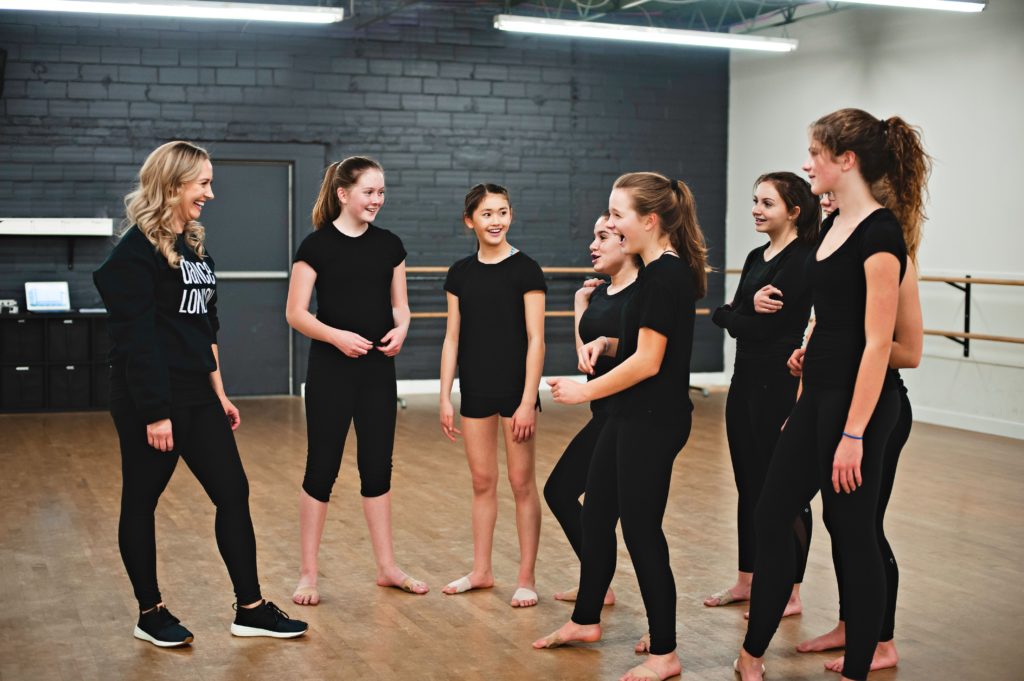
Perfection? No, Performance
Stage presence shouldn’t be forgotten while you’re busy running counts and tightening up formations. As Rivera-Peoples points out, “Ten minutes before the show, that’s the only thing that can be fixed.”
Aarts agrees: “I think we sometimes put performance quality on the backburner in order to focus first on technique and synchronicity. But for kids in lockdown, the emotional outlet of performance is even more important.” On the subject of lockdown, “I remind myself that these kids basically learned an entire dance over Zoom, with everyone hearing the music differently due to Wi-Fi issues,” Reichert says. “We all get a little grace this year.”



